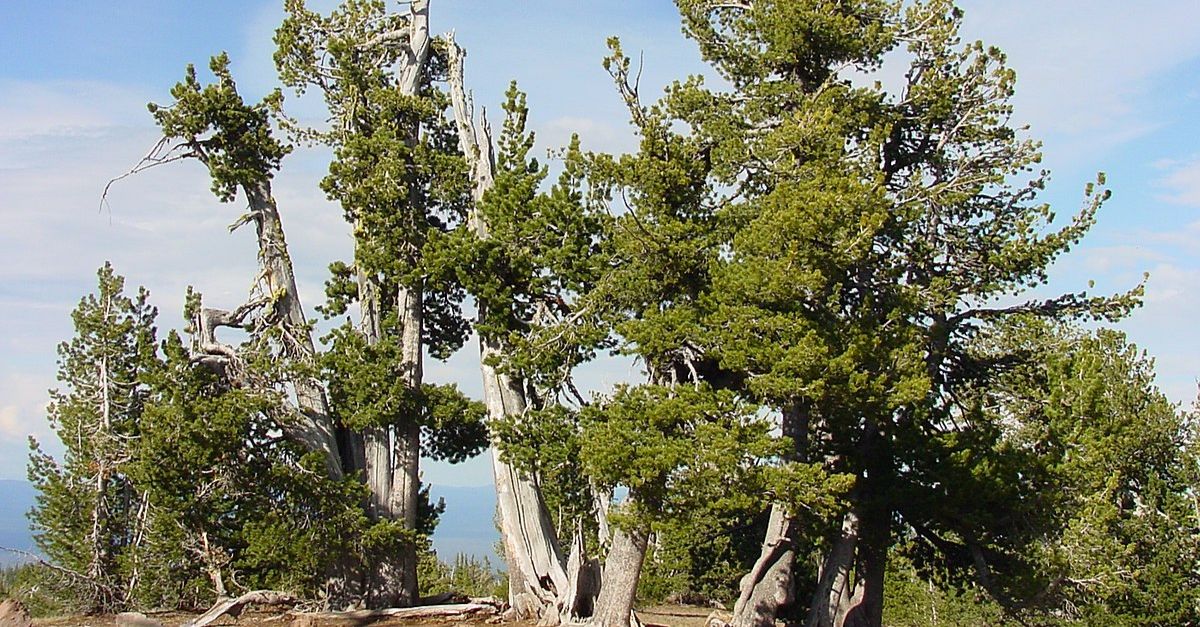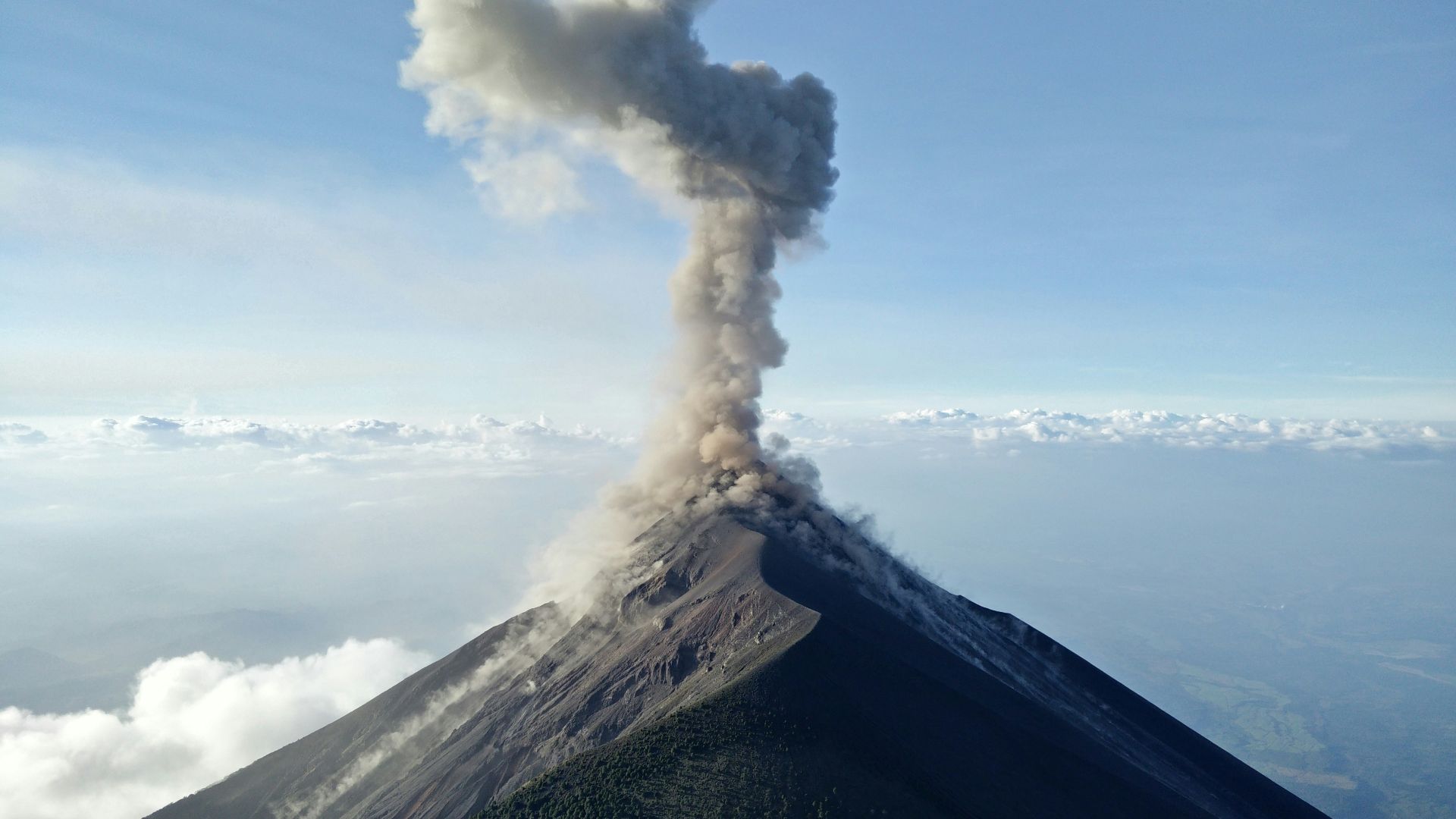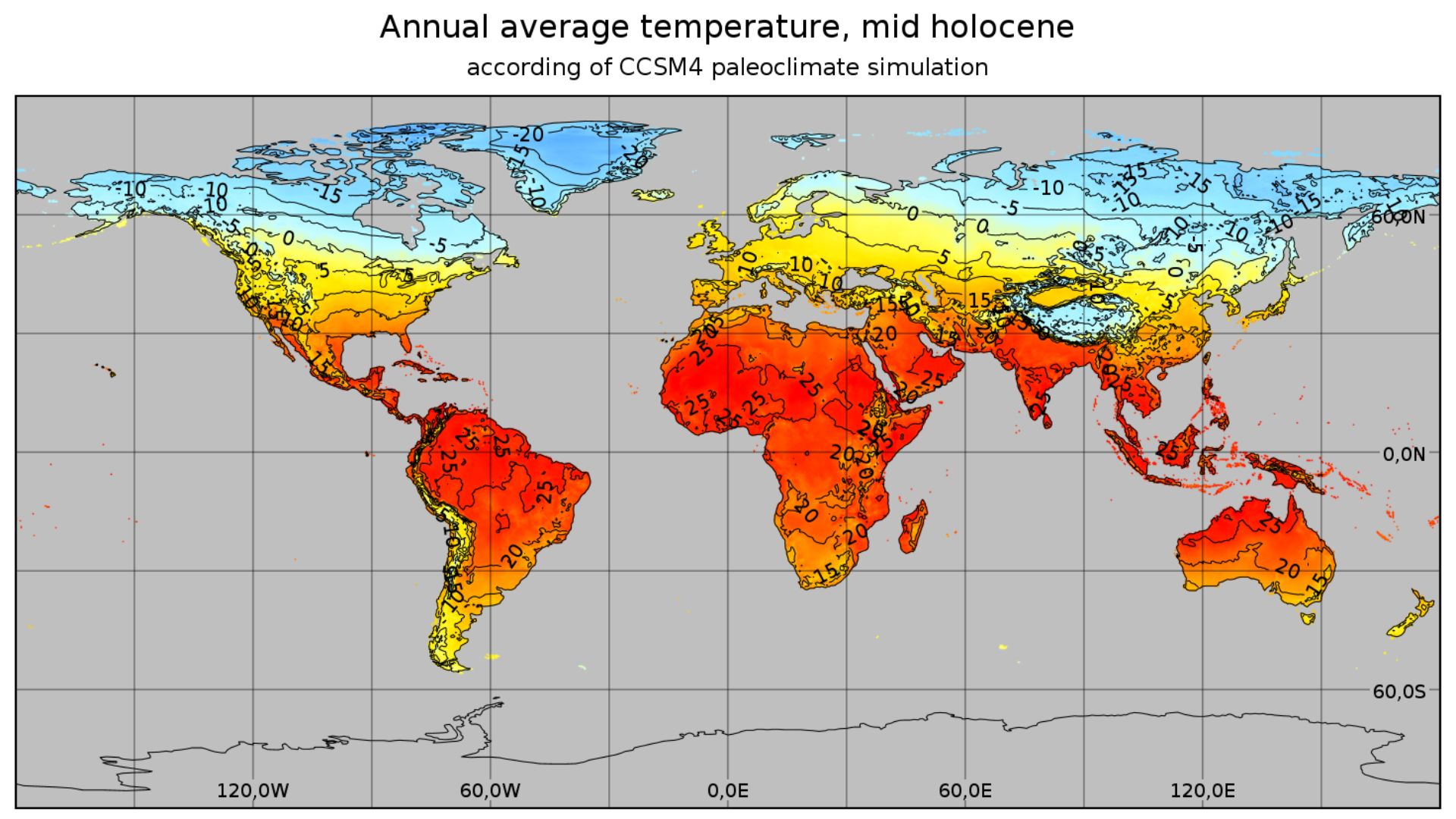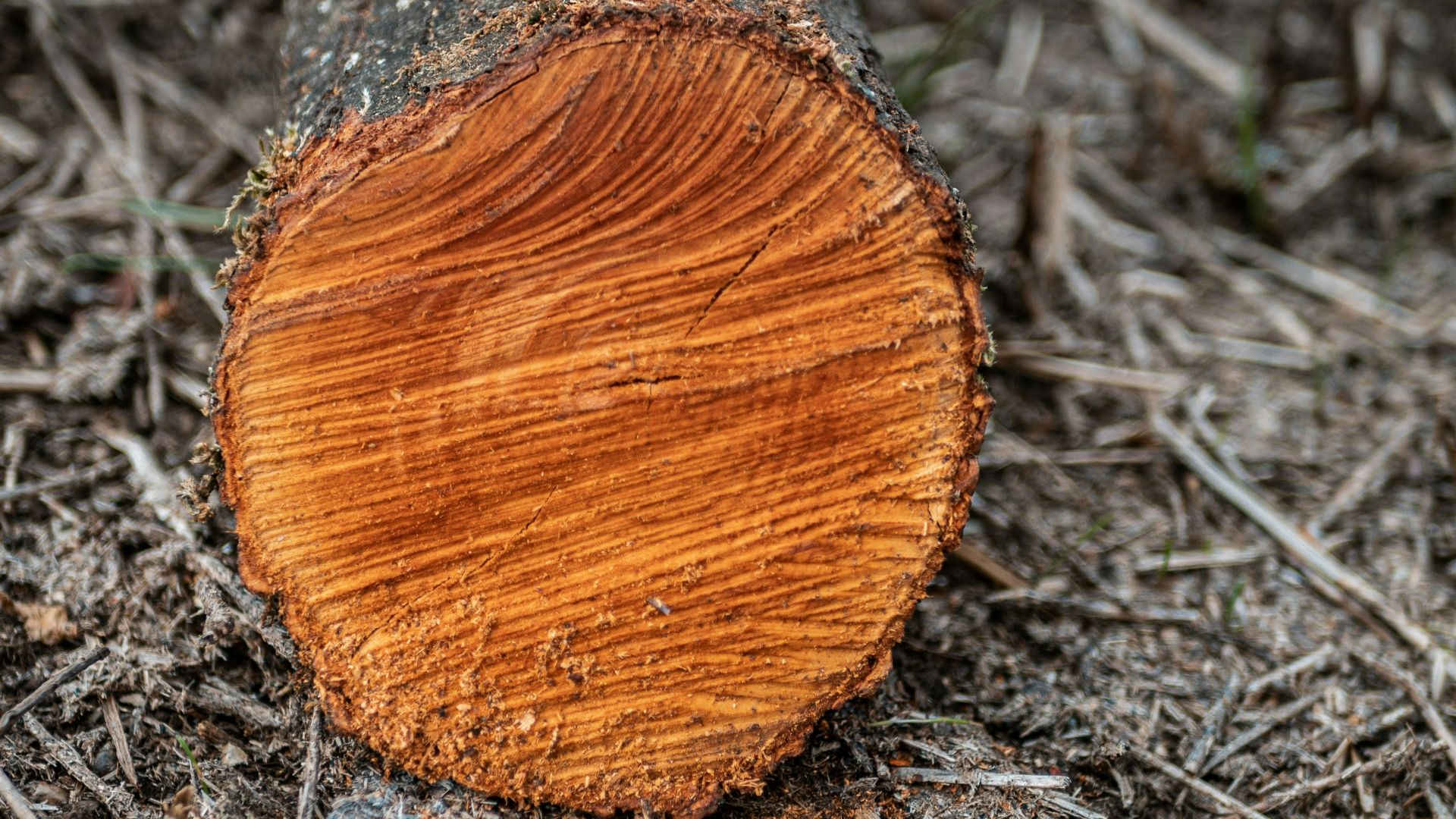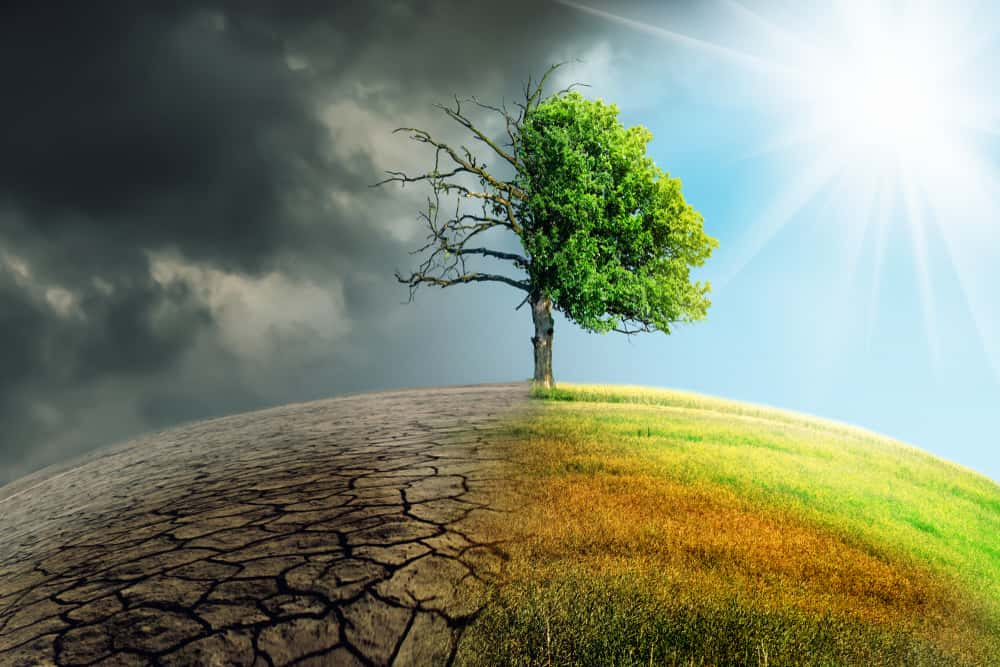A Forest Under Ice? How?
A 5,900-year-old prehistoric forest has emerged from Rocky Mountain ice. How is this even possible? Thankfully, scientists are racing to study it before rising temperatures erase this rare glimpse into Earth’s history.

Ancient Trees Emerge From Melting Ice
Long before modern civilization, a thriving forest covered the Beartooth Plateau. Trapped beneath the ice for nearly six millennia, these whitebark pines have resurfaced due to rapid glacial melt. The astonishing preservation offers a rare window into a prehistoric ecosystem once abundant in the Rocky Mountains.
 James St. John, CC BY 2.0, Wikimedia Commons
James St. John, CC BY 2.0, Wikimedia Commons
Climate Change Accelerates Ice Loss
The sudden exposure of these ancient trees is a stark reminder of how fast the planet is warming. Rising global temperatures are melting ice at unprecedented rates, unearthing ecosystems long thought to be lost. This rapid retreat of glaciers offers a rare glimpse into past climates while signaling urgent concerns.
Preservation Here Indicates Rapid Onset Of Cooling
The level of preservation here at the Beartooth Plateau suggests the forest was not slowly covered in trickling ice but rather flash-frozen. This abrupt climate event may have been caused by a sudden shift in atmospheric patterns. Something like…
 James St. John, CC BY 2.0, Wikimedia Commons
James St. John, CC BY 2.0, Wikimedia Commons
Volcanic Activity
Eruptions thousands of miles away may have sealed this forest’s fate. Scientists suspect volcanic activity had a role in blocking sunlight and plunging temperatures. The sudden freeze trapped the trees in a layer of ice, preserving them for millennia like nature’s own time capsule.
 Cyrus ReadGeophysicistUSGS, Wikimedia Commons
Cyrus ReadGeophysicistUSGS, Wikimedia Commons
Volcanic Eruptions Are Nothing New
We know it’s a conundrum because how can a volcano that is degrees hot cause abrupt freezing? Well massive eruptions have been known to cool global temperatures drastically. Here’s how: Ash clouds reflect sunlight away from Earth, leading to rapid cooling that buries anything below it.
The Whitebark Pine Trees Found Thrived Above Current Tree Line
At an elevation 180 meters higher than today’s tree line, these trees are nothing like those in the current ecology. Their existence suggests that temperatures thousands of years ago were significantly warmer and allowed vegetation to flourish in what is now considered an inhospitable alpine zone.
 Peter K. Ziminski, Shutterstock
Peter K. Ziminski, Shutterstock
The Mid-Holocene Warm Period Supported Their Growth
Around 6,000 years ago, global temperatures were warmer than today, allowing forests to expand into regions now considered inhospitable. The Beartooth Plateau’s ancient trees thrived far above the current tree line, which suggests a dramatically different climate.
This Forest’s Elevation Challenges Current Ecological Models
Ecologists assumed tree growth at this altitude was impossible, but this ancient forest's existence challenges these long-held beliefs about where vegetation can thrive. Researchers now question how many other lost forests might be buried in ice, waiting to redefine environmental boundaries.
Radiocarbon Dating Reveals The Trees's Age
Carbon-14 dating has pinpointed these trees’s lifespans between 5,950 and 5,440 years ago. This precise timeline establishes when the forest was buried and marks the transition from a warm period to an abrupt cooling phase. The data serves as critical evidence of such past shifts.
 James St. John, CC BY 2.0, Wikimedia Commons
James St. John, CC BY 2.0, Wikimedia Commons
Tree Rings Provide Data On Historical Climate Conditions
Each tree ring tells a story: Some reveal plentiful rain, and others indicate years of drought. By analyzing the rings of these ancient trees, scientists can reconstruct climate data more accurately than ever before and link it to global events that shaped the Earth’s environmental history.
How Ancient Ice Protects Fossilized Plant Life
Unlike typical fossils, ice preserves organic material in its original form. These trees, along with their bark, seeds, leaves, flowers, and roots, remain as if frozen in time. This pristine preservation offers scientists a level of detail rarely seen in the study of ancient plant life.
Preserved Pollen Samples Enhance Climate Reconstructions
Trapped in ice were pollen grains, too. These might offer microscopic records of ancient plant life. Scientists can determine which plants coexisted with the whitebark pine by examining these samples. It paints a detailed picture of what the Rocky Mountain ecosystem looked like many years ago.
 James St. John, CC BY 2.0, Wikimedia Commons
James St. John, CC BY 2.0, Wikimedia Commons
Melting Ice Reveals Archaeological Artifacts
The retreating ice has exposed ancient tools and reveals evidence of early human presence. A 10,000-year-old wooden weapon was discovered nearby, which hints that hunter-gatherers may have once roamed the same high-altitude forests, using them for resources long before they disappeared beneath the ice.
What More Secrets Hide In Ice?
Ice patches are time capsules of ecosystems. So, besides the ancient trees, ice patches worldwide have preserved everything from weapons to organic and inorganic remains. Scientists are always in a battle against time to recover and study these frozen artifacts before they vanish due to rising temperatures.
 James St. John, CC BY 2.0, Wikimedia Commons
James St. John, CC BY 2.0, Wikimedia Commons
Insights Into Past Human Activity In Alpine Regions
Could this forgotten forest have been a vital resource for early humans? Certainly, the Alpine regions provided food, shelter, and hunting grounds, which made them essential for survival. Archaeological research may soon uncover whether prehistoric communities relied on these forests before they were lost to time.
Implications For Understanding Climate Patterns
Tree rings within these ancient trunks are invaluable records of past climate conditions. By studying their growth patterns, scientists can track rainfall levels, drought cycles, and even solar activity, which offers a timeline of environmental changes stretching back thousands of years.
How Modern Climate Change Differs From Ancient Warming Trends
Unlike past natural cycles, modern climate shifts are driven by human activity, accelerating temperature increases at an unprecedented rate. Scientists use ancient tree data to compare past warming events with current trends, and this helps predict how ecosystems will respond.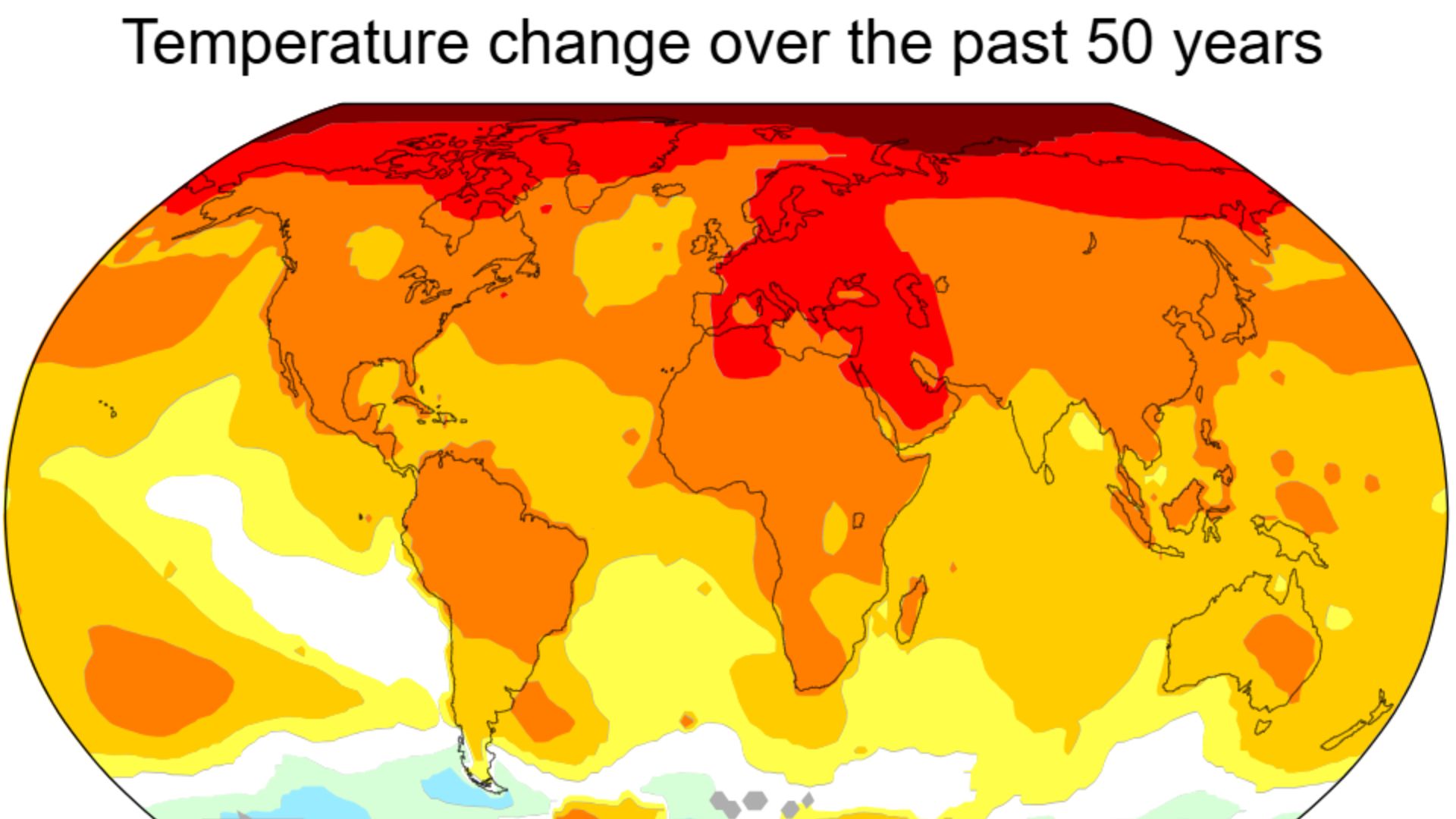
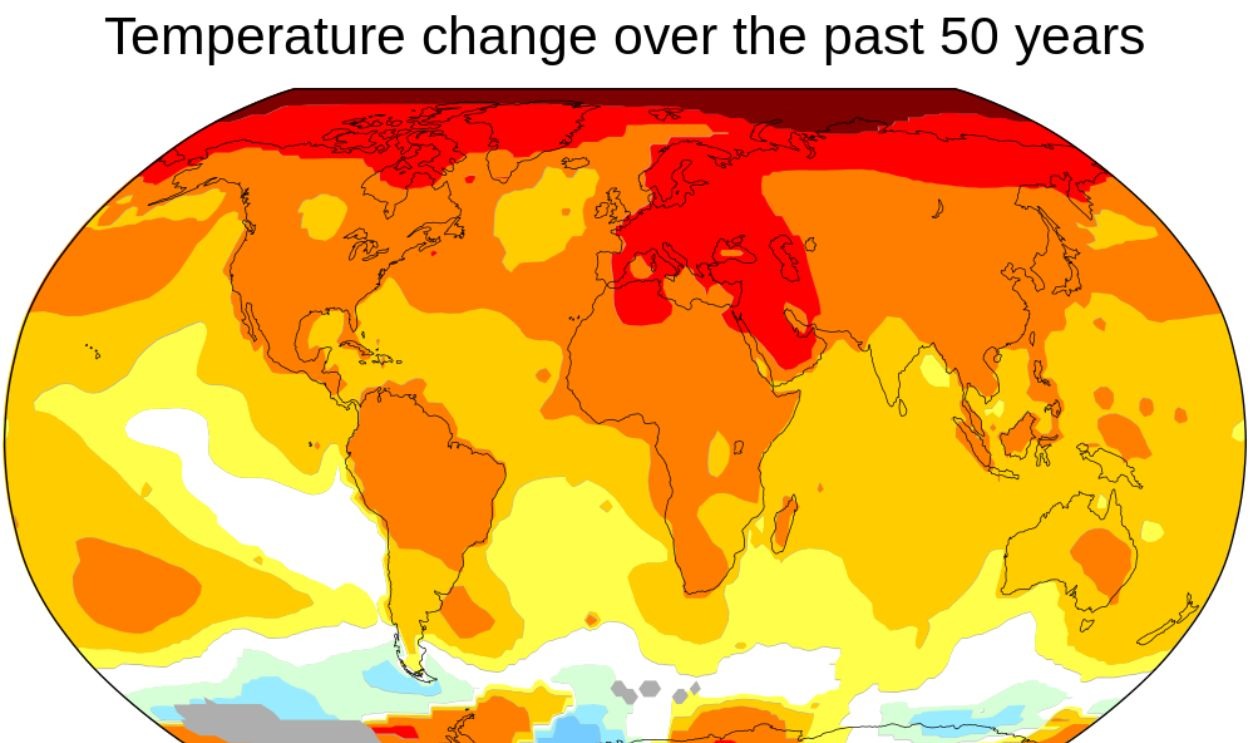 NASA’s Scientific Visualization Studio, Key and Title by uploader (Eric Fisk), CC BY-SA 4.0, Wikimedia Commons
NASA’s Scientific Visualization Studio, Key and Title by uploader (Eric Fisk), CC BY-SA 4.0, Wikimedia Commons
Past Climate Shifts Offer A Glimpse Into Earth’s Future
If warming once enabled forests to thrive at higher altitudes, could history repeat itself? As global temperatures rise, similar ecological shifts may occur, pushing treelines upward and altering fragile alpine environments. Scientists can better predict and prepare by analyzing how ancient forests responded to past climate fluctuations.
Scientists Compare Ancient And Modern Tree Growth
How did trees in the past handle extreme conditions compared to today? By comparing ancient growth rings to modern counterparts, researchers can determine whether trees are growing faster, slower, or adapting to today’s warming trends, which provides clues about future forest resilience.
 Peter K. Ziminski, Shutterstock
Peter K. Ziminski, Shutterstock
Discovery Highlights Fragility Of Alpine Ecosystems
Ecosystems in high altitudes can shift dramatically with even minor climate fluctuations. The sudden disappearance of this forest underscores how vulnerable alpine environments are to changes in temperature, precipitation, and atmospheric conditions. This discovery may offer clues for conservation efforts in modern mountain regions.
 Dominic Gentilcore PhD, Shutterstock
Dominic Gentilcore PhD, Shutterstock
Ancient Forest Discovery Expands Ice Patch Research
This discovery isn’t isolated; scientists now believe that more ancient forests could be buried in high-altitude ice patches. The find has sparked new expeditions across the Rockies and beyond, searching for other forgotten ecosystems locked away by time.
 James St. John, CC BY 2.0, Wikimedia Commons
James St. John, CC BY 2.0, Wikimedia Commons
What This Discovery Means For Alpine Forest Conservation
Understanding past climate conditions can help preserve modern alpine forests. By studying how ancient trees responded to shifting temperatures, conservationists can develop better strategies to protect today’s vulnerable high-altitude environments from the accelerating effects of climate change.
 Matias Senger, CC BY-SA 4.0 , Wikimedia Commons
Matias Senger, CC BY-SA 4.0 , Wikimedia Commons
Can Ancient DNA Help Revive Prehistoric Forests?
Yes, genetic material extracted from these ancient trees could provide insights into resilience traits lost over time. Scientists are exploring whether reviving elements of these prehistoric forests could strengthen modern trees, which can potentially aid reforestation efforts in high-altitude regions impacted by climate change.
 Jarek Tuszyński, CC BY 4.0, Wikimedia Commons
Jarek Tuszyński, CC BY 4.0, Wikimedia Commons
Why This Forest May Have Been One Of The Last Of Its Kind
This frozen woodland may be the last remnant of a bygone era. When glacial ice moved in, it wiped out entire ecosystems and left this singular survivor behind. The find provides a last look at a lost world and recalls how steep terrain can change with environmental conditions.
 Ernst Vikne, CC BY-SA 2.0, Wikimedia Commons
Ernst Vikne, CC BY-SA 2.0, Wikimedia Commons

